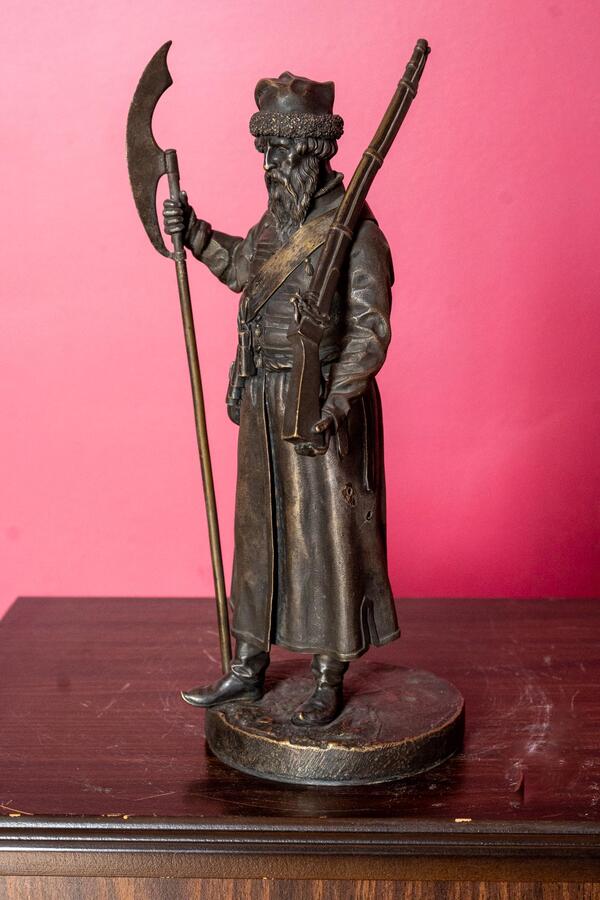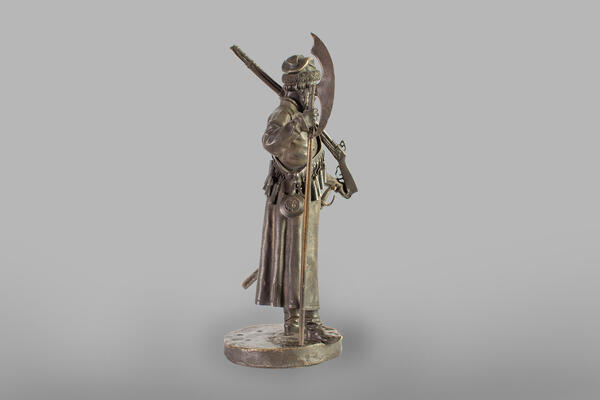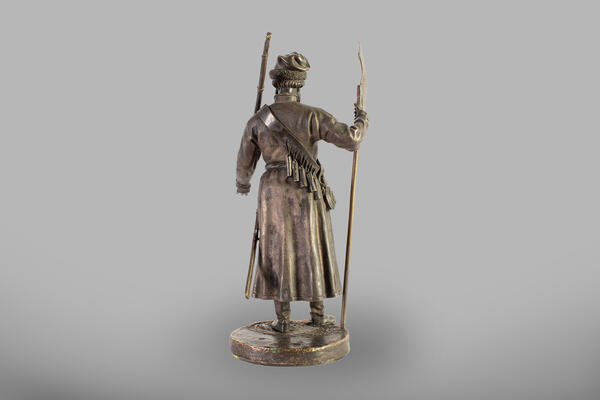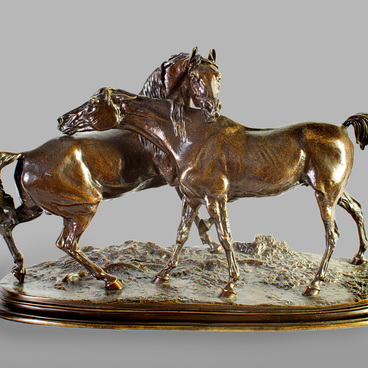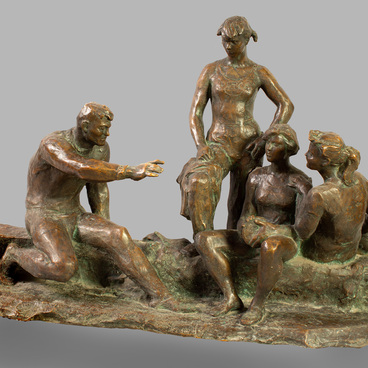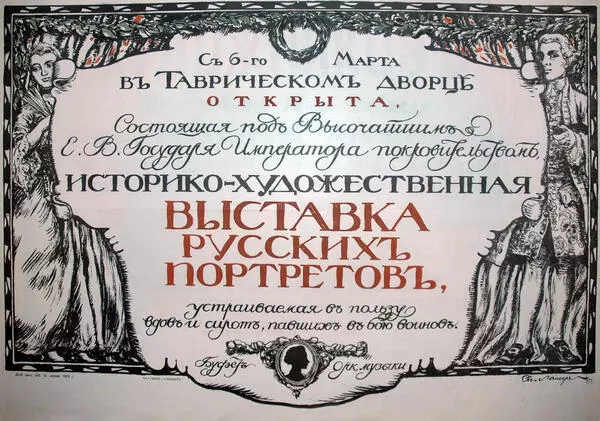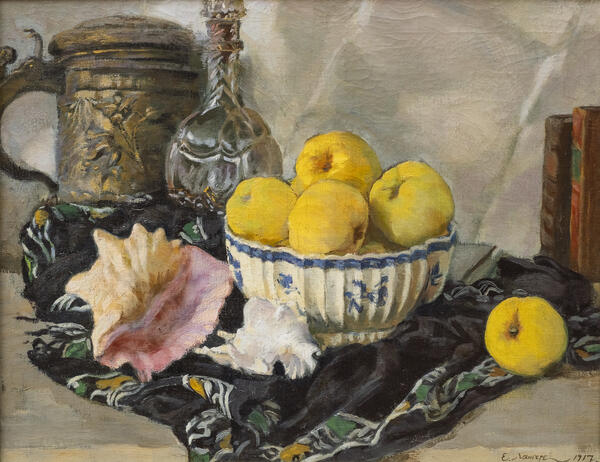Yevgeny Alexandrovich Lanceray was born in the town of Morshansk in 1848. In 1812, his French grandfather came to Russia in the ranks of Napoleon’s army and was seriously wounded. After the end of the war, he decided to stay in Russia forever. Yevgeny Lanceray’s path to being a professional sculptor was not straightforward. He was a self-taught artist. Before becoming a sculptor, he received a liberal arts education. Having studied law at the university, Lanceray was awarded the degree of Candidate of Juridical Sciences in 1869. It was the very same year that the talented young man made his successful debut as a sculptor, presenting his works for an exhibition at the Academy of Arts. It is believed that one of Lanceray’s teachers was Nikolai Lieberich, a Russian animalier sculptor who was well known in the mid-19th century. The young academic lawyer acquired high-quality training in sculpture. Having received positive reviews from newspaper critics and the title of a class artist, Lanceray reconsidered his future career path. After that, he devoted himself entirely to sculpture.
Both Lanceray’s earlier and later works demonstrate the artist’s desire to capture every minute detail with surgical precision. The themes and subject matters of most of his works were inspired by the impressions from his numerous exciting journeys. Lanceray had an insatiable passion for travel, for observing and studying the life of various peoples. Several times, he traveled abroad and visited the Middle East, but of even greater importance for his work were his almost annual trips to the central governorates of Russia, Ukraine, the Caucasus, Bashkiria, Kyrgyzstan, and many other regions of the Russian Empire. A variety of items from Lanceray’s trips were displayed on the walls of his workshop, including bladed weapons and firearms, saddles, clothes of highlanders and nomads, and household items. All these items, as well as the artist’s drawings and sketches from life, served as valuable material for his work.
History was not one of the main subject matters in Lanceray’s work. Nevertheless, he also worked in this genre of sculpture, creating a number of statues, including the “Strelets” statue from the collection of the Tambov Art Gallery. This statue is distinguished by its thoroughness, originality, and candor. It is a fragment of a composition of clocks with candelabra. The statue entered the Tambov Art Gallery from the collection of E. M. Donskaya (Moscow) in 1983.
Both Lanceray’s earlier and later works demonstrate the artist’s desire to capture every minute detail with surgical precision. The themes and subject matters of most of his works were inspired by the impressions from his numerous exciting journeys. Lanceray had an insatiable passion for travel, for observing and studying the life of various peoples. Several times, he traveled abroad and visited the Middle East, but of even greater importance for his work were his almost annual trips to the central governorates of Russia, Ukraine, the Caucasus, Bashkiria, Kyrgyzstan, and many other regions of the Russian Empire. A variety of items from Lanceray’s trips were displayed on the walls of his workshop, including bladed weapons and firearms, saddles, clothes of highlanders and nomads, and household items. All these items, as well as the artist’s drawings and sketches from life, served as valuable material for his work.
History was not one of the main subject matters in Lanceray’s work. Nevertheless, he also worked in this genre of sculpture, creating a number of statues, including the “Strelets” statue from the collection of the Tambov Art Gallery. This statue is distinguished by its thoroughness, originality, and candor. It is a fragment of a composition of clocks with candelabra. The statue entered the Tambov Art Gallery from the collection of E. M. Donskaya (Moscow) in 1983.

